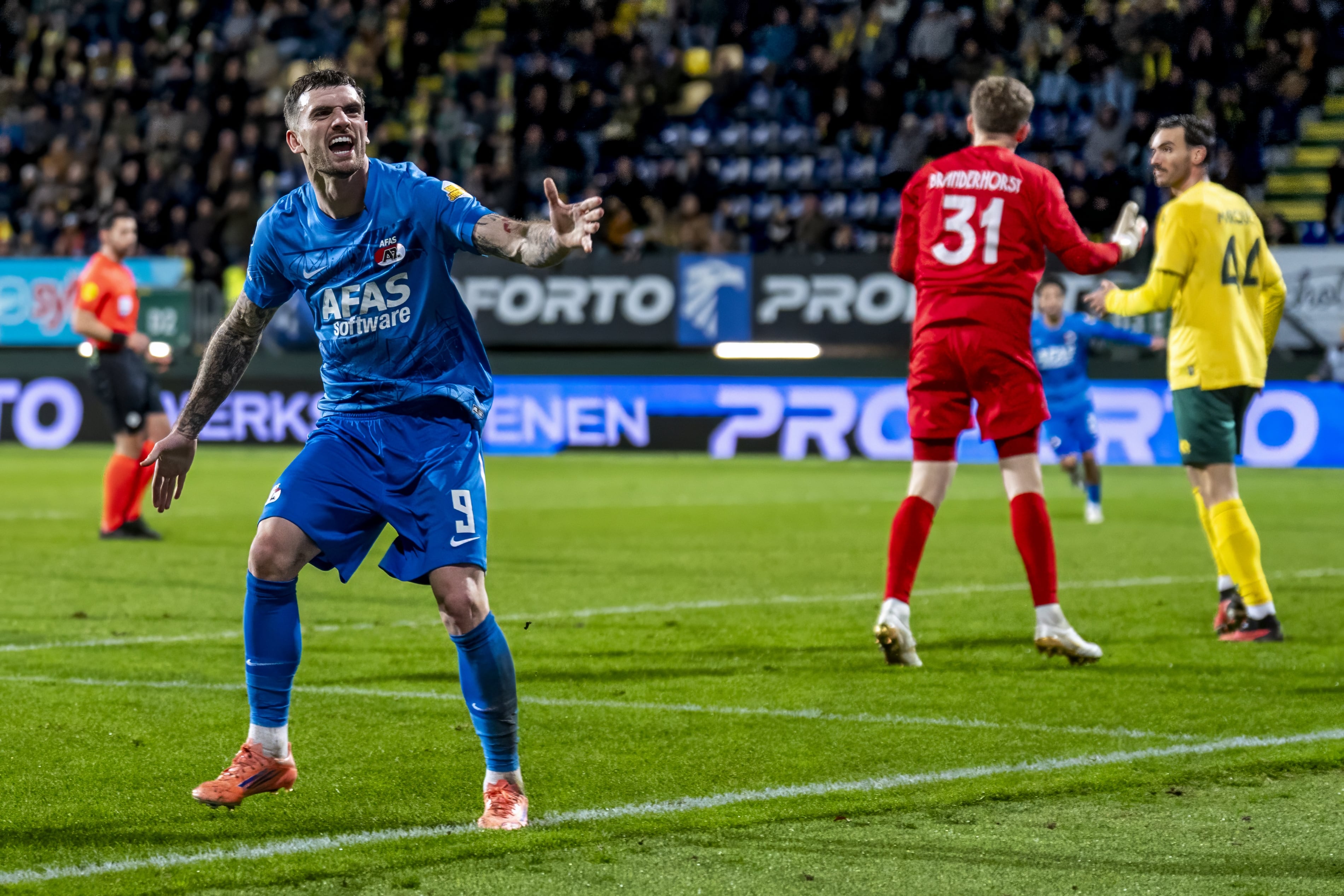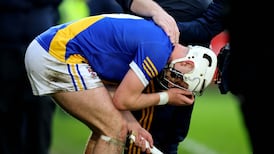Sunday’s Munster final brings together two counties with one of the most intense cheek-by-jowl relationships of any neighbouring rivalry.
The Limerick-Clare pairing is renewed for the first time in 27 years, a watershed occasion when Ger Loughnane’s team closed the 63-year gap to their previous provincial title.
In the meantime the fortunes of the counties may have fluctuated but the competitive nature of the relationship has never sagged. Since the counties met in the 1995 Munster final, they have met 13 times and won six each with one drawn.
This year’s Munster final is the latest meeting and arguably with the counties at a collective strength not seen since 1995, allowing for the All-Ireland semi-final of nine years ago.
READ MORE
The players have evolved together, attending school and with Limerick city the location of three Fitzgibbon colleges, University of Limerick, TUS and Mary Immaculate College of Education, they continued to mingle in higher education.
The 2018 UL team, which won the Fitzgibbon under the management of Gary Kirby, the former Limerick All Star, who played a key role in the mid-90s rivalry with Clare over three matches, which went two-one in his team’s favour.
That panel featured seven hurlers, who went on to win All-Irelands with Limerick as well as 10 likely to start on Sunday, five on either side, including Tony Kelly, a member of Clare’s most recent All-Ireland winning team in 2013 when he was also a teenaged Hurler of the Year.
There have been many examples of cross-pollination between the counties. Two Limerick men had a major influence on Clare’s 2013 All-Ireland: Joe O’Connor, a fitness and strength and conditioning coach who subsequently acted in the same capacity with his own county when they won the 2018 championship, and Paul Kinnerk, described by Tony Kelly as “as one of the best coaches or trainers I’ve ever worked with”.
Kinnerk went on to become a massive influence on Limerick’s successes. The champions have combined high levels of athleticism and power with high-tempo hurling to become an almost irresistible force in the game. John Kiely is the manager and a well-regarded coach in his own right but he is happy to delegate that vital preparatory role to Kinnerk.
Another border crossing for hurling purposes is the secondary school Árdscoil Rís, which has become a modern phenomenon with five Harty Cups (Munster senior hurling) and four Croke Cup final (All-Ireland) appearances in the past 13 years.
The first three ended in defeat against Kilkenny powerhouse St Kieran’s before the Limerick school finally reached the promised land on St Patrick’s Day this year – for good measure defeating Kieran’s in the Croke Park final.
Ironically, they had actually lost the Harty final to St Joseph’s of Tulla, who became the third Clare school after the Ennis-based St Flannan’s and Rice College to win the Munster title.
[ Paul Kinnerk’s laser-focus approach to coaching paying dividends for LimerickOpens in new window ]
Árdscoil is just two or three miles from the Clare border and clubs like Cratloe, Parteen, Sixmilebridge and Clonlara are all within the catchment and in recent years, enrolment has expanded to include Broadford, Killaloe, Newmarket-on-Fergus and Sixmilebridge.
Around a third of the Croke Cup winning team were from Clare clubs.
Former Limerick under-21 All-Ireland winner Niall Moran has been behind the rise of the Limerick school over the past decade and in this year’s breakthrough victory he was assisted by Paul Flanagan, himself a former under-21 All-Ireland medallist and who is corner back on then current Clare side.
In an interview with The Irish Times in 2016, Moran mused that the school had to have had an effect, citing the fact that so many clubs in its catchment had won county titles.
“There is an influence,” says Moran. “Everything is interlinked and it would be strange not to think that some of the success is attributable to the school and the attention paid to players during the seven or eight months during which they’re under the school’s tutelage.”














